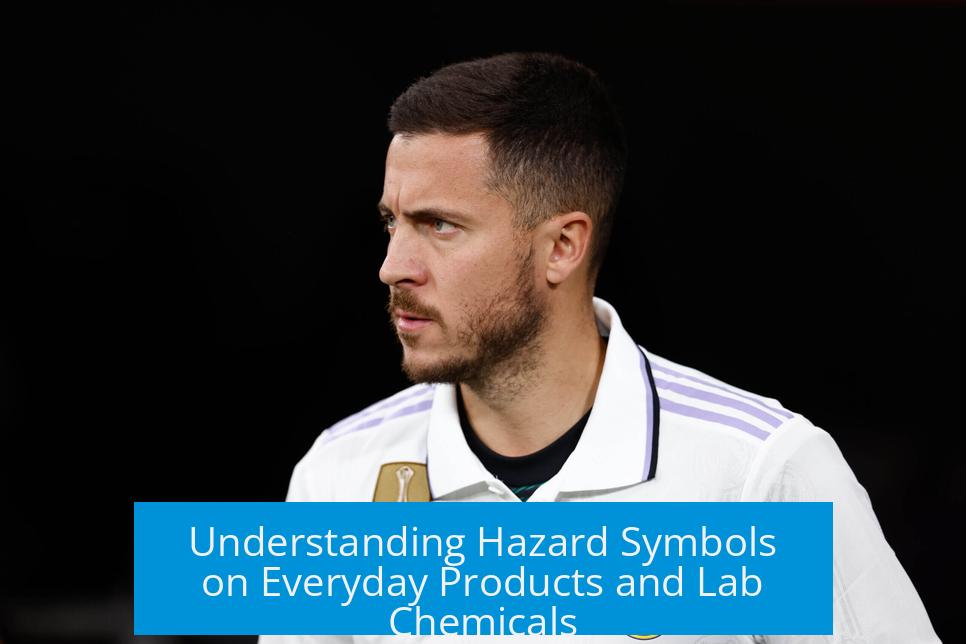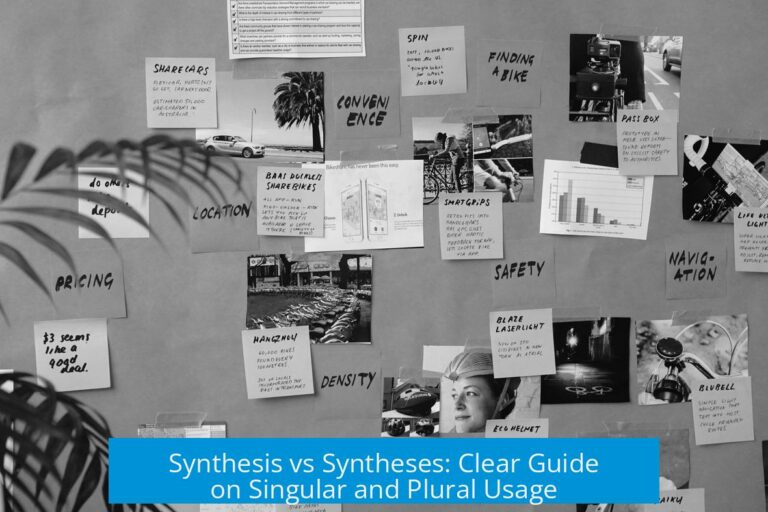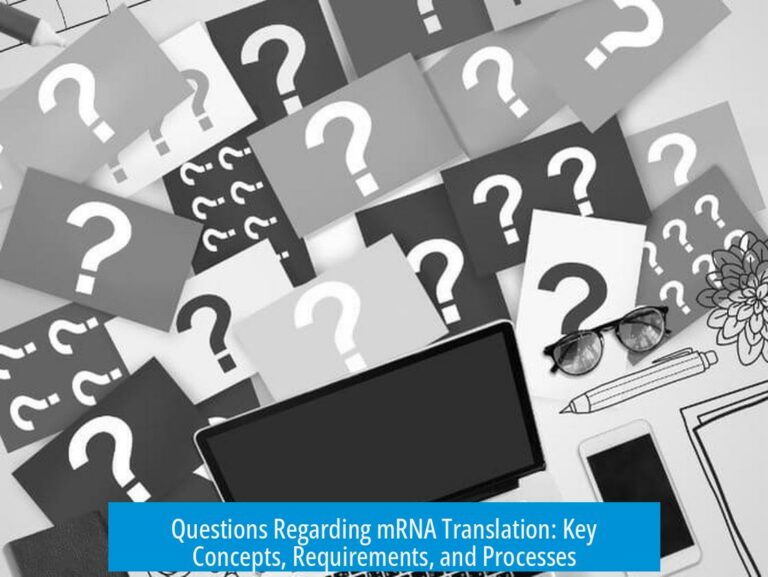Understanding Hazard Symbols on Everyday Products and Lab Chemicals

The same hazard symbol found on highly corrosive lab chemicals may appear on everyday products like hand soap due to standardized labeling rules, but this does not mean the products carry the same level of danger. Hazard symbols reflect the potential risks of certain chemical ingredients, regardless of dilution or usage context.
Why Hand Soap Displays Corrosive Hazard Symbols
Hand soaps, especially concentrated ones, can contain ingredients that may cause eye damage or skin irritation if used improperly. Packaging often warns about these risks with hazard symbols originally designed for industrial chemicals.
- Some soaps indicate a dilution ratio, such as 3.5 mL of concentrate per 5 L of water, meaning the product is not intended for direct application without dilution.
- This concentration can justify a corrosive warning, even though the soap is safe when used as directed.
- Ideally, an irritant or harmful symbol would be more fitting to better match the actual risk level.
Challenges in Hazard Symbol Usage and Perception
The current system uses a uniform set of pictograms, like the corrosive symbol, for substances that vary greatly in hazard severity. This creates saturation of hazard signs on many products, leading to public desensitization.
Consumers struggle to discern the degree of risk when the same symbol refers to both dangerous lab acids and diluted soap concentrates.
“How can we easily express using pictures which are universally understandable that something is slightly corrosive but not really dangerous?”
Labeling Standards: Laboratory vs. Consumer Products
Laboratory chemicals must carry the Globally Harmonized System (GHS) pictograms regardless of perceived danger level. This ensures safety protocols are clear for all substances.
In contrast, consumer products like hand soaps also use these symbols but in a diluted context that significantly lowers hazard potential.
| Aspect | Lab Chemicals | Everyday Products (Hand Soap) |
|---|---|---|
| Labeling Requirement | Mandatory GHS pictograms | Often required, but context differs |
| Chemical Concentration | High | Diluted, usually by instructions |
| Risk Level | Often high, e.g., strong acids | Low to moderate, usually irritants |
| Interpretation | Strict safety protocols | Requires user understanding of dilution |
Public Misinterpretation and Overexposure to Hazard Symbols
Frequent exposure to severe hazard symbols on everyday items causes confusion. It dilutes the impact of these warnings and reduces adherence to safety recommendations.
This overuse leads to skepticism, reducing overall safety awareness where it matters most.
Key Takeaways
- Hazard symbols on hand soaps reflect potential risk if misused or undiluted, not necessarily high danger in normal use.
- Concentration and dilution play a key role in actual hazard level despite identical symbols.
- The uniform hazard symbol system lacks granularity to distinguish minor from severe risks effectively.
- Lab chemicals carry the same labels but represent much stronger hazards, requiring strict handling procedures.
- Public exposure to multiple products with identical hazard symbols may reduce compliance and safety effectiveness.
Why does my hand soap have the same hazard symbol as strong lab chemicals?
The hand soap contains a concentrated chemical that can cause eye damage. Regulations require even low-risk substances to carry hazard symbols if they pose any danger when undiluted.
Does the hazard symbol on soap mean it’s as dangerous as lab chemicals?
No. The label shows potential risk if used undiluted. In labs, symbols indicate actual hazard levels, but everyday products must use the same system for safety compliance.
Why does the saturation of hazard symbols reduce their effectiveness?
When many products use the same hazard symbols, people stop noticing them. This overload makes it hard to understand the real severity of dangers behind each symbol.
Are there better symbols for mild irritants than corrosive warnings?
Yes. Symbols like “Harmful” or “Irritant” might better describe products like hand soap. However, labeling laws often require stronger symbols if risks exist at any concentration.
How can we tell if a product’s hazard symbol means serious danger or just caution?
Look for dilution instructions and additional warnings. Concentrated chemicals pose greater risks. Context and labeling details help clarify the true level of hazard.





Leave a Comment